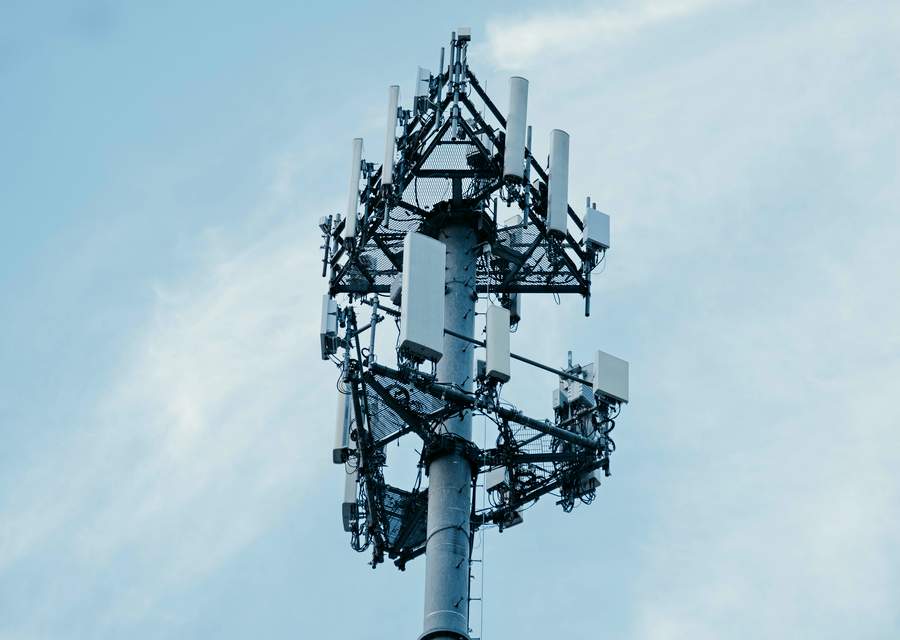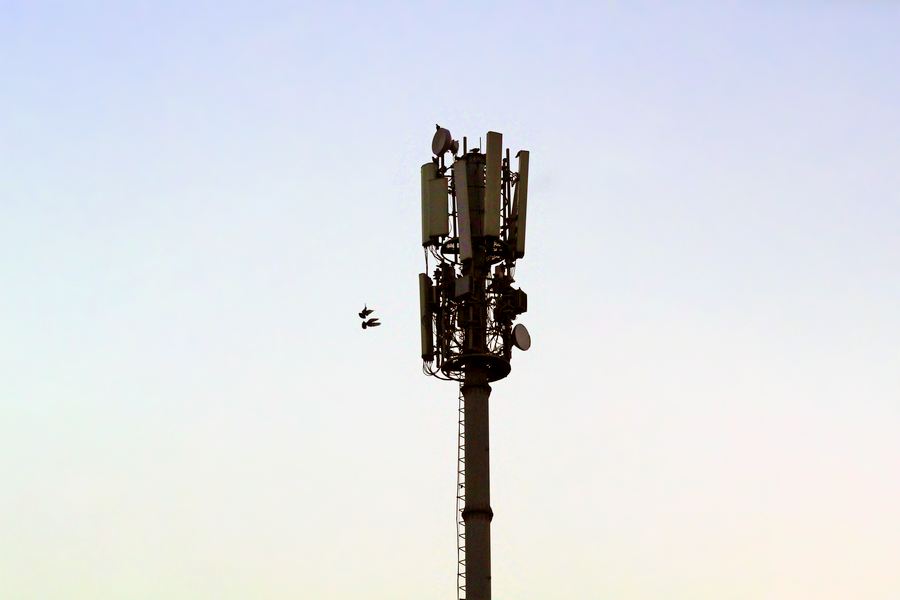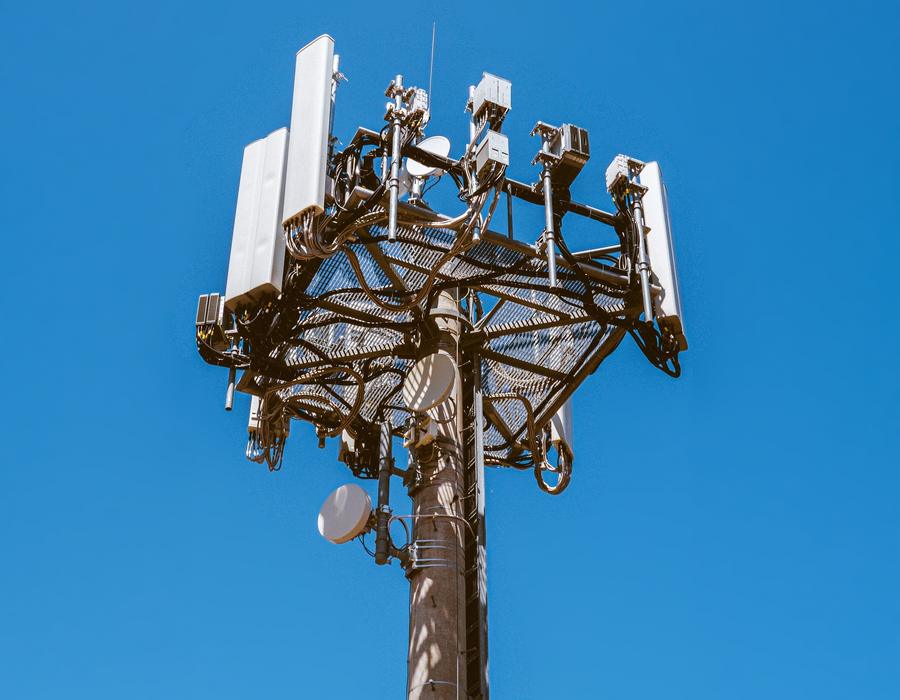Airlines operating in the U.S. will NOT get an extension to their current deadline to retrofit their aircraft against 5G C-band interference.
Around the world, airlines are bracing for a difficult summer season (in the northern hemisphere). Supply chain problems mean that new aircraft are rolling off the production lines too slowly. Plus, a shortage of pilots is affecting a lot of regional carriers in the United States and elsewhere.

On top of this, those operating in the U.S. have now learned that a 5G compliance deadline for the 1st of July this year, is not getting an extension. In the aftermath of the threat of a standoff between the FAA and the FCC in January last year, the two agencies and a number of 5G providers agreed to this deadline. Its purpose is to allow the airlines to retrofit their aircraft with suitable equipment.
But adhering to this deadline means certifying and producing enough compliant radio altimeters for thousands of aircraft. The issue affects not only U.S. carriers but also those flying to the country from elsewhere.

Initially, many feared that delays in certification would be a factor in these delays. This may well be the case. But currently, the biggest hurdle appears to be something familiar: supply chain delays. The FAA has previously proposed to extend this 5G deadline until 2024.
No 5G Deadline – What the Airlines Have to Do
In addition to Verizon and AT&T, the FAA has gotten the agreement of UScellular, to abide by the July 1 deadline. And this week, Transportation Secretary Pete Buttigieg confirmed that the U.S. government will stick with the current 5G deadline.

For the airlines, this means that their aircraft that don’t have compliant altimeters may have to divert, in conditions that 5G-compliant aircraft would be able to continue with their approach. Modern airliners use their radio altimeters in ways that mean that interference could have knock-on effects on the way the aircraft interprets input from other systems, like weight-on-wheels sensors.
Aircraft radio altimeters typically work in the 4.2-4.4 GHz range. The frequencies that US telecom companies (Verizon, AT&T, and UScellular) got in an FCC auction are in the 3.7-3.98 GHz range. But this is higher (and therefore closer to radio altimeter frequencies) than 5G in other countries. The European Union has set standards in the 3.4-3.8 GHz range. South Korea has an even lower maximum, having mandated a 3.42-3.7 GHz range.

Because of this lack of a 5G deadline extension, the FAA has issued seven airworthiness directives, to outline the new procedures that airlines will have to use with non-compliant radio altimeters. These directives impact 4,800 U.S.-registered aircraft – and three times as many aircraft registered elsewhere. However, a significant number of these aircraft likely already have compliant altimeters.




2 comments
Brandi
I’m sorry, but they have had a LONG time to figure this out!
Marcin
dsadsdas